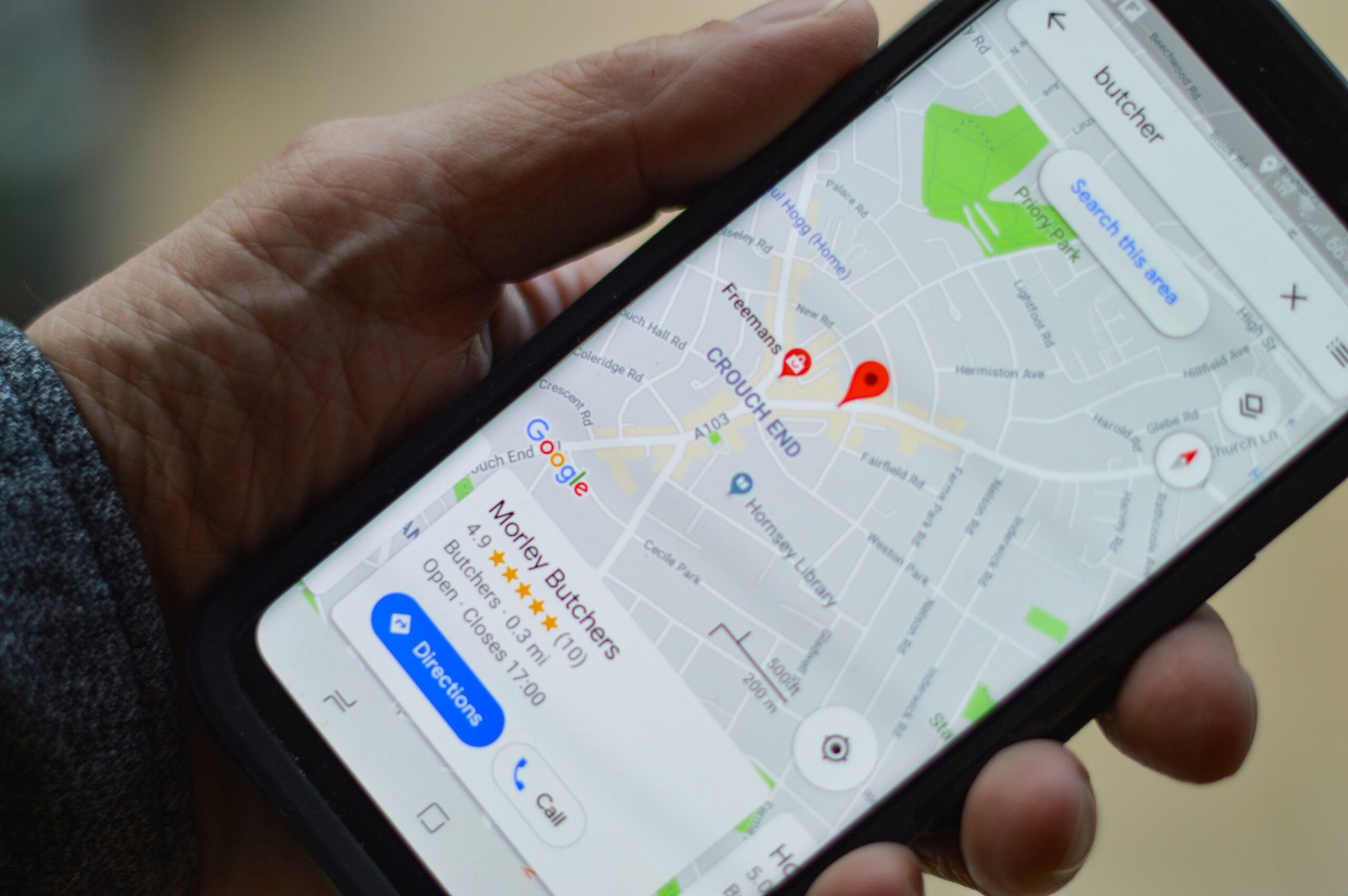Introduction to Location-Based Marketing
Location-based marketing (LBM) represents a paradigm shift in how businesses interact with consumers, employing geographical data to craft and deliver hyper-relevant marketing messages at the right place and time. It leverages advancements in mobile technology, global positioning systems (GPS), and the Internet of Things (IoT) to offer a more personalized and immediate marketing experience.
Over the past decade, the proliferation of smartphones and smart devices has significantly expanded the scope and capabilities of LBM. With users constantly on the move, businesses now have unprecedented access to real-time data, providing insights into consumer behavior and preferences based on their locations. This has led to more dynamic and responsive marketing strategies, effectively transforming how brands communicate and engage with their audiences.
One of the primary benefits of location-based marketing is personalized marketing. By understanding where consumers are at the moment, businesses can send targeted messages, discounts, or promotions that are highly relevant to their immediate context. This relevance not only captures the consumer’s attention but also increases the likelihood of conversion and enhances overall customer satisfaction.
Additionally, increased customer engagement is another significant advantage. By reaching out to customers at the right time and place, businesses ensure their messages are seen and interacted with, fostering a more engaged and loyal customer base. Location-based marketing techniques often result in higher engagement rates, which in turn can significantly improve return on investment (ROI).
There are several tactics under the umbrella of location-based marketing. Geofencing, for instance, involves setting up a virtual perimeter around a specific location to trigger marketing messages when users enter or exit the area. Beacons, small devices that send Bluetooth signals to nearby smartphones, can push notifications and offers to consumers in close proximity. Geotargeting, on the other hand, uses location data to deliver content or advertisements to users based on their geographic location, whether through mobile apps or search engines.
As we delve deeper into the nuances of these tactics in upcoming sections, it becomes evident that location-based marketing is not just a trend but a crucial element of modern digital marketing strategies.
Technologies Behind Location-Based Marketing
Location-based marketing leverages a robust technological framework to target audiences in real-time. At the core of this framework are various location-tracking technologies, each with distinct functionalities, accuracies, and suitability for different marketing scenarios.
GPS (Global Positioning System) is one of the most widely known and utilized technologies in location-based marketing. GPS operates through a network of satellites that transmit signals to devices equipped with GPS receivers, enabling precise geographical positioning. It is particularly effective for outdoor tracking, providing high accuracy and reliability. GPS data can be seamlessly integrated with mobile apps, allowing marketers to deliver personalized content based on an individual’s real-time location.
Wi-Fi is another critical technology, especially useful in indoor environments where GPS signals may be weak or unavailable. Wi-Fi-based location tracking involves detecting the signal strength from surrounding Wi-Fi access points to triangulate a device’s position. This method offers a higher degree of accuracy in confined spaces like shopping malls, airports, and event venues. Marketers often use Wi-Fi tracking to send targeted promotions or notifications when users are in proximity to specific locations within these indoor settings.
Bluetooth beacons further enhance location-based marketing capabilities, particularly for micro-location tracking. These small, wireless transmitters emit Bluetooth signals that can be detected by compatible devices within a short range. Beacons are highly effective for hyper-localized marketing, such as sending in-store offers to shoppers or providing location-based information at events. Their integration with mobile apps enables real-time interaction and data collection, facilitating personalized and timely marketing campaigns.
The integration of these technologies with mobile applications is crucial for real-time tracking and data analysis. Mobile apps serve as the intermediary, collecting location data and enabling instant communication with users. Combined with the power of artificial intelligence (AI) and big data analytics, these technologies can process vast amounts of location data to derive actionable marketing insights. AI algorithms can analyze patterns and predict user behaviors, while big data frameworks manage and interpret the enormous volume of location information, fostering more informed and strategic marketing decisions.
In essence, the intricate interplay of GPS, Wi-Fi, Bluetooth beacons, and advanced data analytics underpins the effectiveness of location-based marketing, enabling businesses to reach the right audience at the right time with precision and relevance.
Strategies for Effective Location-Based Marketing
Location-based marketing is evolving rapidly, offering marketers innovative ways to connect with audiences in real-time based on their geographic proximity. One of the foremost strategies in this domain is geofencing. By establishing virtual boundaries around physical locations, marketers can trigger notifications when potential customers enter these predefined zones. Geofencing can effectively promote store visits and drive foot traffic, especially when coupled with time-sensitive offers or promotions.
Another powerful tool in location-based marketing is beacon technology. Beacons can deliver personalized offers directly to customers’ smartphones as they move through specific areas within a store or venue. This personalization can significantly enhance the customer experience, as it delivers relevant offers tailored to individual preferences, thereby increasing engagement and conversion rates.
Understanding the context in which customers receive these messages is crucial. Marketers must consider the user’s immediate needs and circumstances to ensure that their communications are both timely and relevant. For example, a retail store might use location data to offer a discount on umbrellas during a sudden rainstorm, providing a solution that is both immediate and valued by the customer.
Timing and relevance are of utmost importance in location-based marketing. Well-timed messages that cater to the consumer’s current needs are more likely to be welcomed and acted upon. Equally critical is securing user consent; transparency about data usage fosters trust and long-term customer loyalty.
Effective measurement of location-based marketing efforts involves several key metrics. Marketers should track engagement rates, conversion rates, and foot traffic to understand the campaign’s impact. Additionally, evaluating the return on investment (ROI) will help determine the overall effectiveness and justify the marketing spend. Analyzing this data enables continuous refinement and optimization of strategies, ensuring sustained success.
Successful campaigns span various industries, from retail and hospitality to events. For instance, a fashion retailer could drive in-store traffic by alerting nearby users of an exclusive flash sale, while a hospitality provider might use geofencing to offer upgrades to guests approaching the hotel. Events can capitalize on real-time location data to guide attendees through seamless experiences, enhancing their overall satisfaction.
Ethical Considerations and Future Trends
Location-based marketing (LBM) presents unique opportunities but also raises significant ethical and privacy concerns. Critical among these is the necessity of obtaining explicit user consent. Users must be informed clearly about data collection practices and how their location data will be used. Transparent opt-in processes ensure that consumers are making informed decisions, thus fostering trust between businesses and their audience.
Protecting user data is paramount. With regulations like the General Data Protection Regulation (GDPR) in Europe and the California Consumer Privacy Act (CCPA) in the U.S., businesses must adhere to stringent data protection standards. This involves anonymizing location data, implementing robust cybersecurity measures, and ensuring that personal information is not misused or shared without permission. Compliance with these regulations is not only a legal obligation but also vital for maintaining consumer trust.
Potential risks in location-based marketing include data breaches and misuse of sensitive information. Companies can mitigate these risks through comprehensive data protection strategies, regular audits, and by staying updated with regulatory changes. Establishing clear guidelines and best practices around data collection, storage, and sharing can further reinforce consumer confidence.
Looking ahead, advancements in technology are poised to reshape the landscape of location-based marketing. For example, integrating Augmented Reality (AR) and Virtual Reality (VR) with LBM can create immersive and interactive experiences, offering consumers more personalized and engaging content. Emerging applications such as smart city initiatives and IoT (Internet of Things) technologies can enable more precise and contextual marketing efforts.
Consumer behavior is also evolving, with a growing demand for ethical transparency. Brands that prioritize ethical considerations and demonstrate responsible data practices are likely to build stronger relationships with their audiences. The integration of blockchain technology for secure and transparent data transactions is one trend that could gain traction, providing a decentralized approach to data security.
In summary, the future of location-based marketing will be heavily influenced by technological advancements and the ethical framework within which it operates. Companies that navigate these challenges effectively, while embracing new opportunities, will be well-positioned to leverage LBM in innovative and trustworthy ways.



